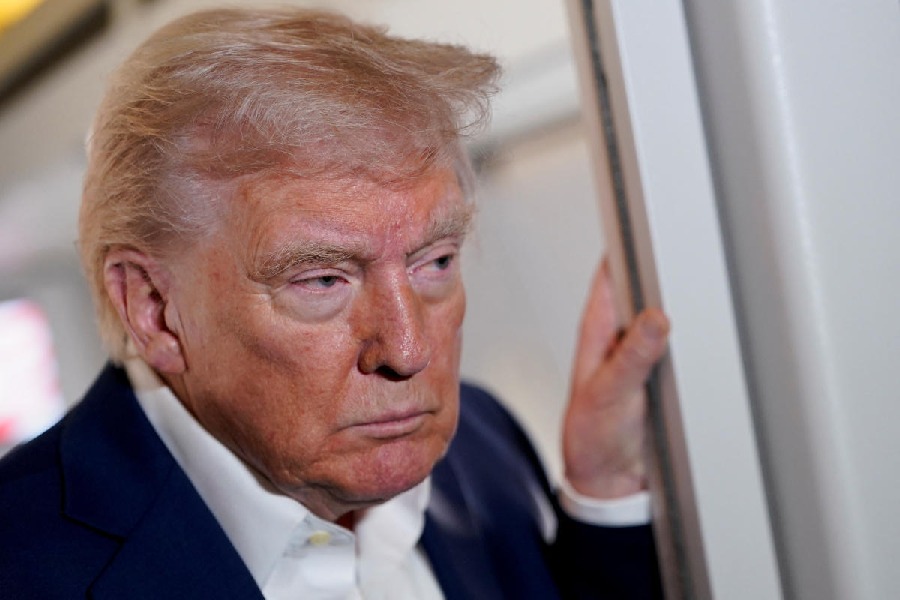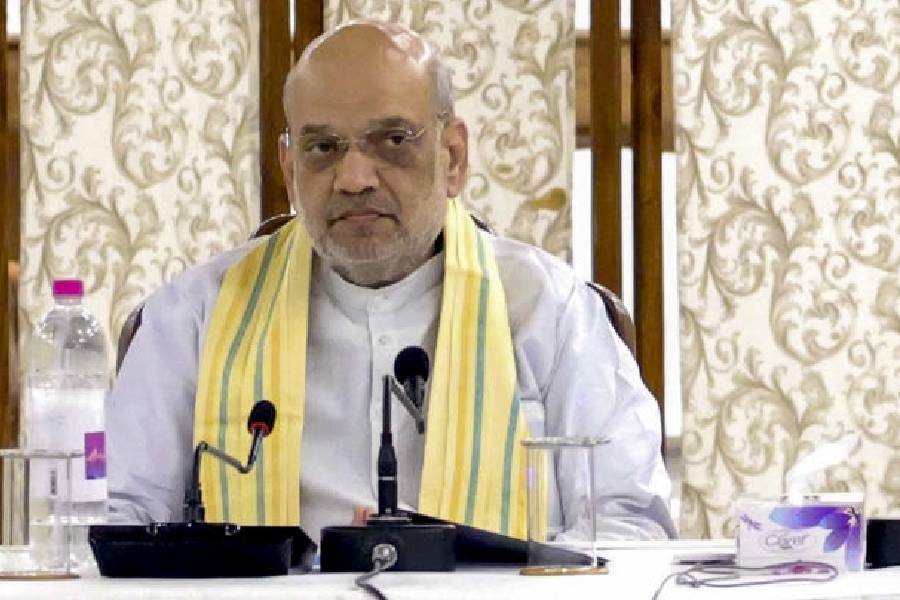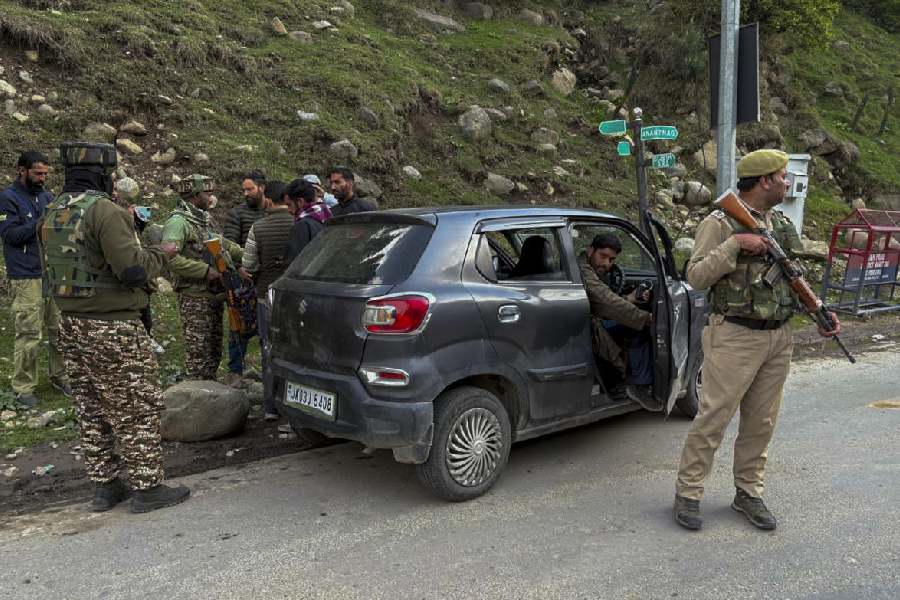Chief minister Nitish Kumar, RJD boss Lalu Prasad and the BJP's Bihar face Sushil Kumar Modi - the triumvirate of the state's politics - are, by all accounts, products of what had happened on Patna's streets on March 18, 1974.
It was on this day that thousands of students from across Bihar surrounded the state legislature premises and defied prohibitory orders under the stewardship of Jayaprakash Narayan. The huge assemblage - furious at the Indira Gandhi-led Congress regime at the Centre - triggered what came to be known as the Total Revolution (Sampoorna Kranti), in June 1974.
The agitators went on the rampage, indulged in arson and violence all across the state. Police opened fire, injuring several of them. The administration clamped curfew on Patna and it went on for days.
Among the leaders who joined the movement with their idol JP were Lalu, Nitish and Sushil.
A young Lalu Prasad, then the president of the Patna University Students' Union, even embraced the responsibility of organising the students. The most vocal protagonist of the movement, Lalu was arrested with other student leaders. Nitish, Sushil, Shivanand Tiwari, Narendra Singh, Bashishtha Narayan Singh followed Lalu to jail and stayed behind bars for over 19 months.
The issues that triggered the movement 41 years ago are exactly what political agitators are raising today. The leaders associated with the movement then are still around but have just grown taller. Over the years, the bigwigs have not just established themselves on top of the political horizon - in the state and the country.


Lalu, along with his wife Rabri Devi, ruled Bihar for 15 years. The RJD chief also went on to become the railway minister as did Nitish.
Nitish enjoyed six terms in Parliament - he headed surface transport and the agricultural ministries - before taking the chief minister's chair. Sushil Modi, once his deputy, is out of power but still regarded as a top-notch leader in the BJP and Bihar.
Corruption and black money were the main issues taken on by the JP Movement. However, some of JP's followers also got embroiled in issues that went against the spirit of the Total Revolution.
For instance, Lalu. Once a prime architect of the Total Revolution, Lalu was stripped of his right to contest elections after being convicted in a fodder scam case.
But what one can't take away from these leaders - irrespective of their party allegiance - is the manner they conduct themselves.
As recently as March 15, Lalu led a procession to the Raj Bhavan against the Narendra Modi government's land acquisition bill. On his way, Lalu invoked JP's name to fight 'dictatorhsip and fascism'.
Taking a cue from the Total Revolution, Nitish organised a thaal (eating plate)-beating agitation across the state in March last year to press for the special category status to Bihar. And last Saturday he, too, sat on dharna - another tool of the JP Movement - against the land acquisition bill.
Sushil Modi - from the Sangh parivar stock - seldom keeps his speech free of Jayaparakash Narayan and the Total Revolution.
Former chief minister Jitan Ram Manjhi, however, was a persona non grata during the JP-led movement. He was a small-time party cadre of the Congress that was suppressing the movement with iron hands. But that didn't stop him from using the JP Movement anniversary on Tuesday to pillory Nitish, asserting that he would lodge a case against the chief minister for perpetrating 'atrocity' on a Mahadalit leader.
On Tuesday, he attended a function organised to commemorate the beginning of the JP Movement and selectively attacked Nitish for his 'abhorrence' for the deprived sections.
Incidentally, Nitish was down with flu and fever and Lalu - under medical care after his cardiac operation - stayed indoors on the date they had led a revolution with their leader 41 years ago.











